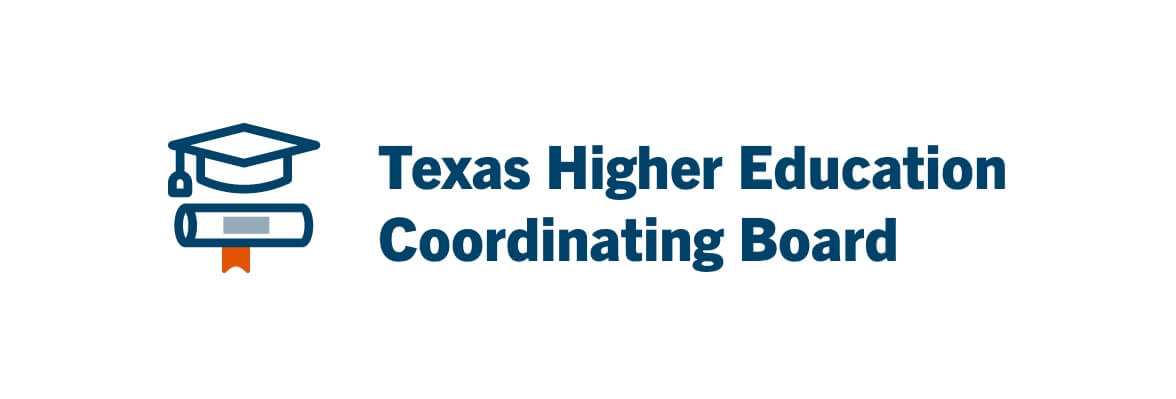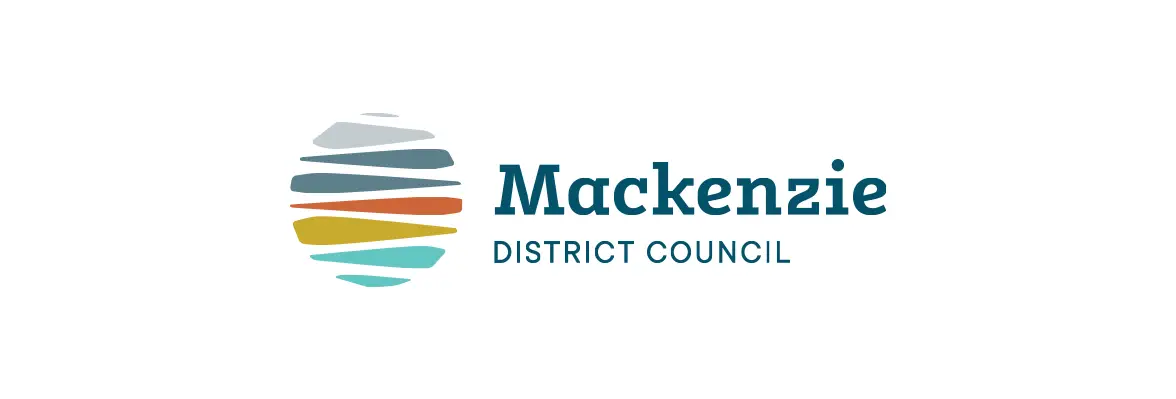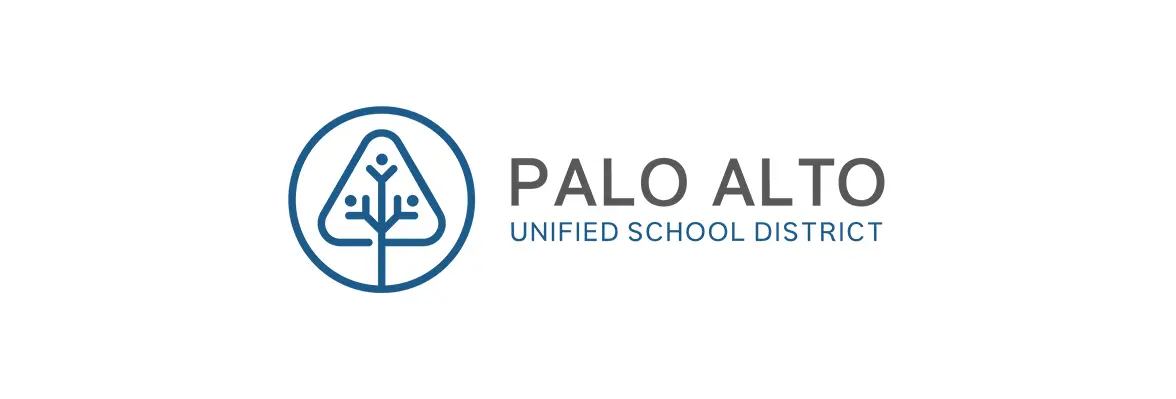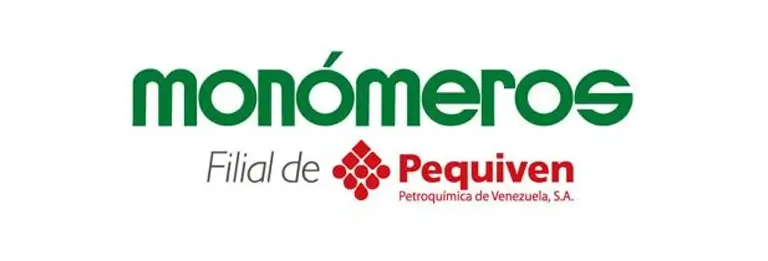Texas Higher Education Coordinating Board
5 min read
The Texas Higher Education Coordinating Board (THECB), based in Austin, helps develop the state’s higher education plans, approves degree programs and provides advice on education activities to the State Legislature and Governor’s Office.
Central to achieving THECB’s mission of promoting access to quality higher education is its Loan Program Operations (LPO), which disburses state financial aid funds to Texas universities and assists with student loan collections and litigation for the State Attorney General’s Office. As the gatekeeper for state-appropriated financial aid, LPO handles more than 1.5 million documents each year—a number that’s grown steadily as cuts to state scholarship funds have driven more loan applications to the department’s College Access Loan and B-On-Time incentive programs. In 2011 alone, the agency disbursed over $143 million worth of funds to students.
“For cases that go on to become loans, it’s a very paper-intensive process,” explains Debbie Whitis, Manager of LPO Operational Support Services. “Every single piece of information related to a student loan, from electronic applications, paper sources and screenshots, must be documented and archived according to state retention guidelines.”
Although LPO had a document management system in place, the legacy system couldn’t handle the high-volume processing needed to handle the growing volume of loan applications. As a result, it needed rebooting at least eight times a day.
On average, the agency was losing 19 cumulative hours of staff time across its departments every day—wasted effort that cost the LPO $76,000 each year and generated customer dissatisfaction.
“If a debtor called to inquire about their loan status and the system was down, we couldn’t give them a real-time answer,” explains Whitis. “Staff still had to manually fill in field classifications, and our process wasn’t very transparent.”
Stretching the IT Investment
LPO began searching for a new enterprise content management (ECM) system that would cut out inefficiencies and save staff time. When reseller MCCi showed the organization Laserfiche Avante’s flexible, customizable administration and workflow tools, the agency was convinced that Laserfiche could easily reduce its bottlenecks, track documents throughout the loan record lifecycle and make information readily accessible to many different users at once.
Whitis was impressed that so many of Laserfiche’s key functionalities aligned with LPO’s checklist of requirements, including Laserfiche’s ability to:
- Monitor activities occurring within the department in real-time.
- Support a complicated routing structure for LPO and provide transparency at each step of the loan process lifecycle.
- Generate performance quotas and productivity statistics.
- Offer snapshot printing, scanning and conversion of diverse content formats.
Even with this wide range of features, Laserfiche still offered an affordable price point. “Laserfiche was the most cost-effective solution and best value we found,” says Whitis. “When you’re paying with tax dollars, value is important.”
Furthermore, Laserfiche’s ease-of-use ensured a smooth implementation when turnover in LPO’s IT department reduced the project’s technical support. Using Laserfiche’s free user education materials along with her knowledge of ECM system implementation, Whitis was able to teach herself the ins and outs of the entire Laserfiche system.
“I was able to learn the system simply by using the white papers, customer presentations and everything else that is available on the Laserfiche Support Site,” explains Whitis. “The information really is readable and digestible for Laserfiche users.”
Eliminating Redundancies and Building Transparency
Armed with these education materials, Whitis started the implementation by sketching her ideas for improving the loan process out on paper. She then brought those ideas to life using the Laserfiche Workflow Designer, a business process configuration tool, to build complex, automated document routing and archiving procedures and data queries to third-party systems.
In total, Whitis created 29 different workflows that process and route the diverse types of content the department receives, streamlining many steps in daily activities, especially for the agency’s Operational Support Services (OSS) department.
Some of the benefits realized include:
- Enhance information capture. Using Laserfiche Snapshot, a multi-functional document capture tool, the department can capture and record all loan documents like IVR (interactive voice response) payments, call sheets and loan changes directly from third-party systems, such as the agency’s Loan Management System, in a central repository.
- Streamlined payment processing. For captured documents like checks, Laserfiche Workflow uses information on the check to query client data like social security numbers from the agency’s other databases and links that information to the check. Workflow then routes the document among the necessary departments at each step of payment review and processing.
- Transparent records management. To archive a document according to litigation requirements, Workflow extracts information such as the borrower’s last name from the document, and automatically creates the proper retention folders for the document.
- Centralized control. In the Laserfiche Workflow Administration Console, an advanced performance and reporting interface, Whitis can now monitor all system activity in real-time and research bottlenecks affecting the productivity of the team.
By automating and centralizing information access with Laserfiche, the agency can now process documents within a matter of milliseconds versus hours. Laserfiche Snapshot alone has helped the OSS department reduce its document processing times by up to 24 hours and eliminate 66% of its staffing expenses, a total of $15,000 in savings.
With Laserfiche Workflow, LPO can ultimately ensure that every step of the loan record cycle is transparent and that documents are saved in a searchable format, even as multiple users interact with the document.
“Changes to the document remain consistent no matter where the document goes,” says Whitis. “I love the fact that I can go into the Workflow Designer and find exactly where a document is. We can resolve an issue in a matter of minutes or within a couple of hours. Before, it was just a shot in the dark.”
Gaining Enterprise-Wide Buy-In
LPO managers and directors also love Laserfiche’s time-saving reporting tools. Prior to Laserfiche, managers could spend two full days compiling statistics about their teams’ productivity and quotas for the Assistant Commissioner of Business and Support Services. Using Laserfiche Audit Trail, an enterprise risk management tool that tracks user activity, managers can now generate performance reports on their staff with the click of a button.
To bring managers and staff up to speed on Laserfiche, Whitis committed to several onsite demos and trainings on searching, reporting and data capture.
“People here had been married to our old system for the duration of their careers,” notes Whitis. “But when they saw Laserfiche’s capabilities compared to our old system, they were impressed. They really took ownership of the software in their daily processes when we gave them a voice in how it works.”
This ownership translated into greatly increased staff productivity, especially during peak processing seasons. Even though the number of loan applications has increased by 12% since LPO started using Laserfiche, the agency has decreased its error rate to a mere two percent with the system. In just the first year of using Laserfiche, LPO estimates that it has reduced about 30% of its overall operating expenses.
In the future, the department plans to expand its Laserfiche system to handle the litigation documents it files with the state court. Using Laserfiche Quick Fields, a high-volume indexing tool, LPO will automate the costly, time-consuming manual indexing of legal files.
Whitis says that what makes Laserfiche so attractive to state agencies—and other organizations—is its flexible architecture. From document capture to automated workflows to reporting, Whitis praises how easily Laserfiche has accommodated LPO’s evolving business needs.





